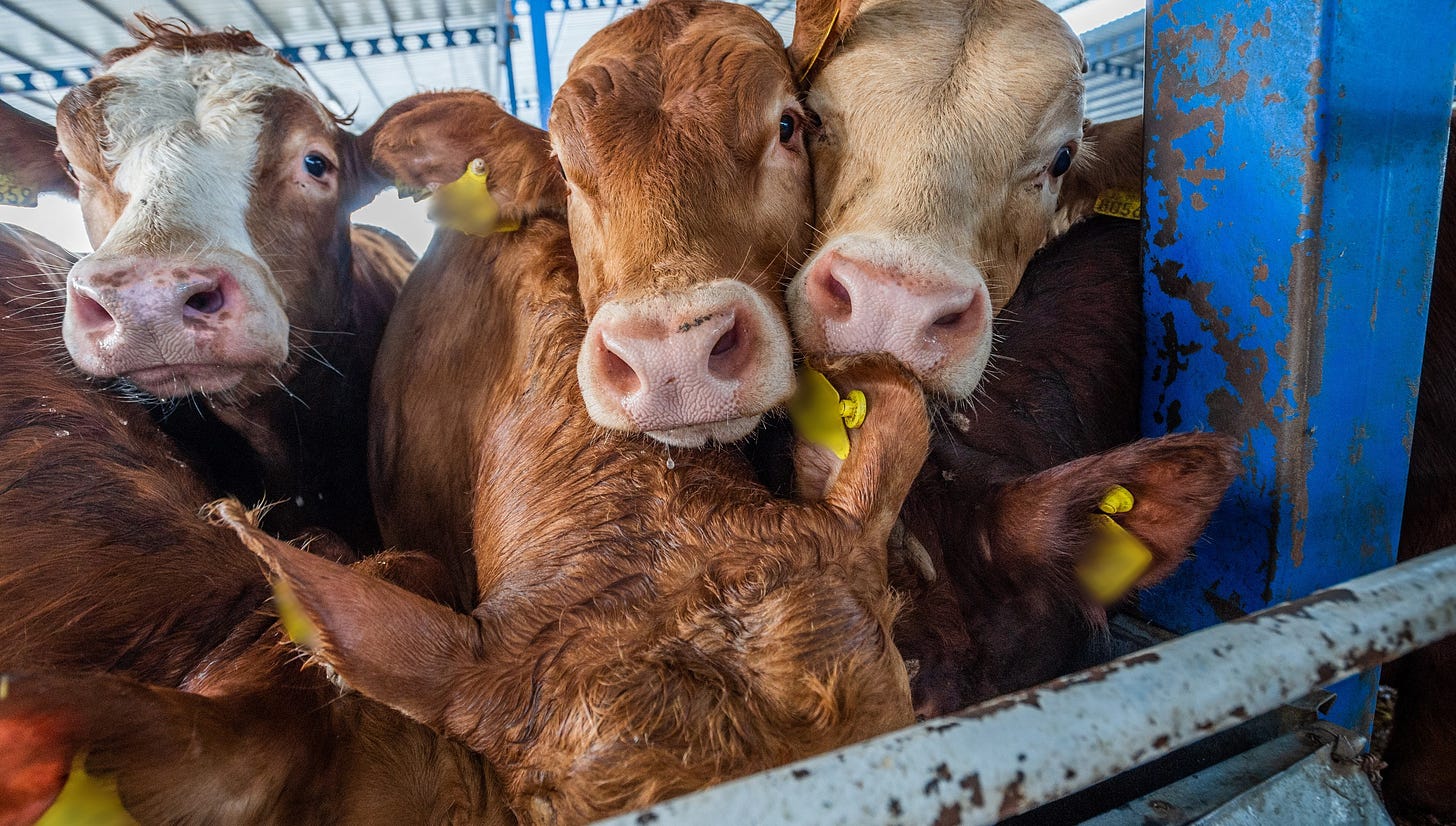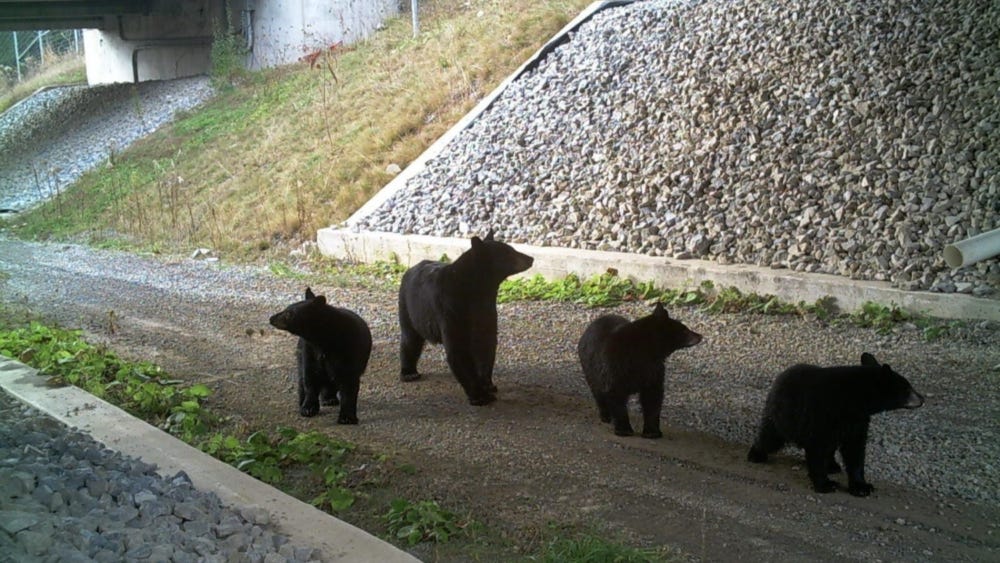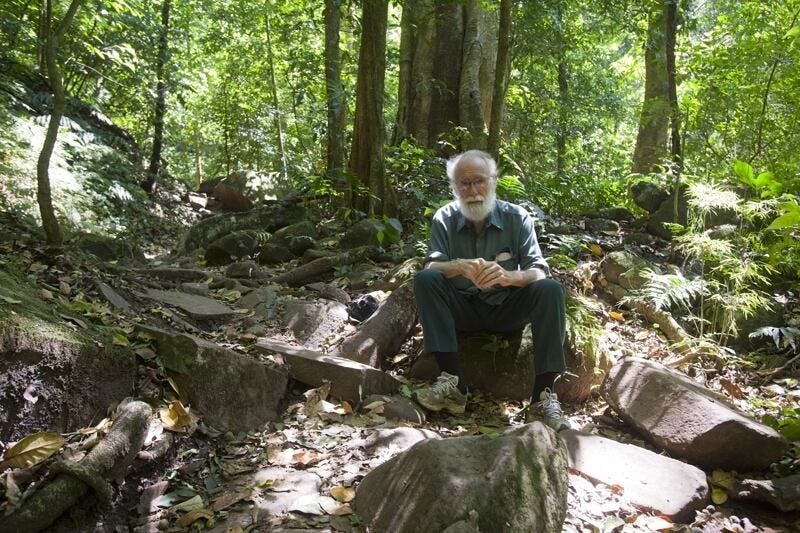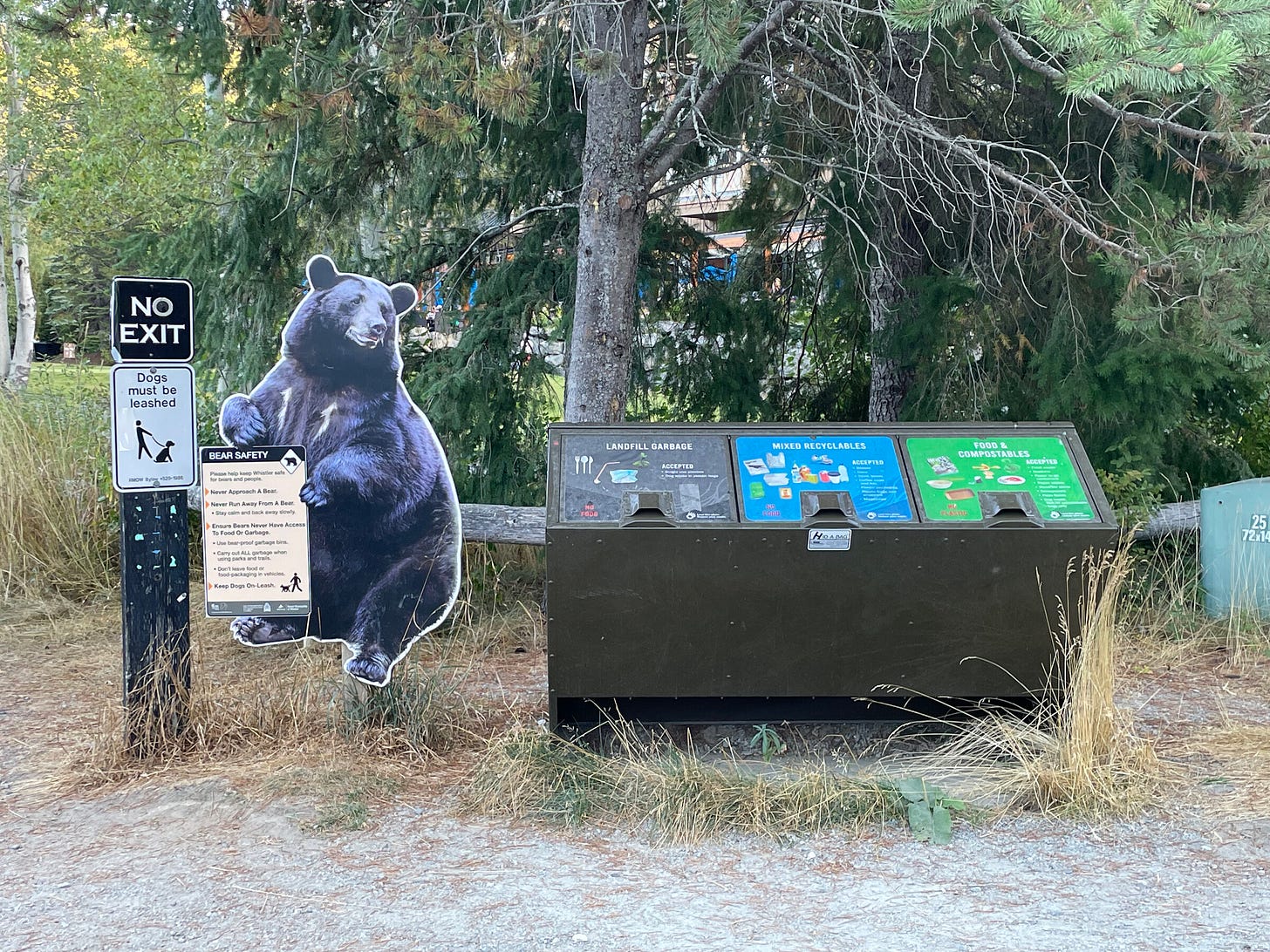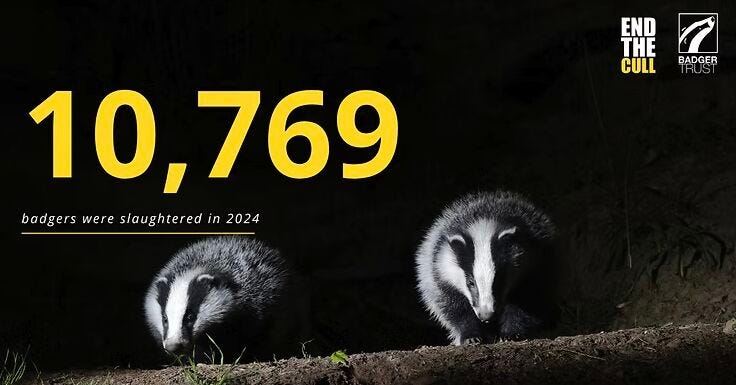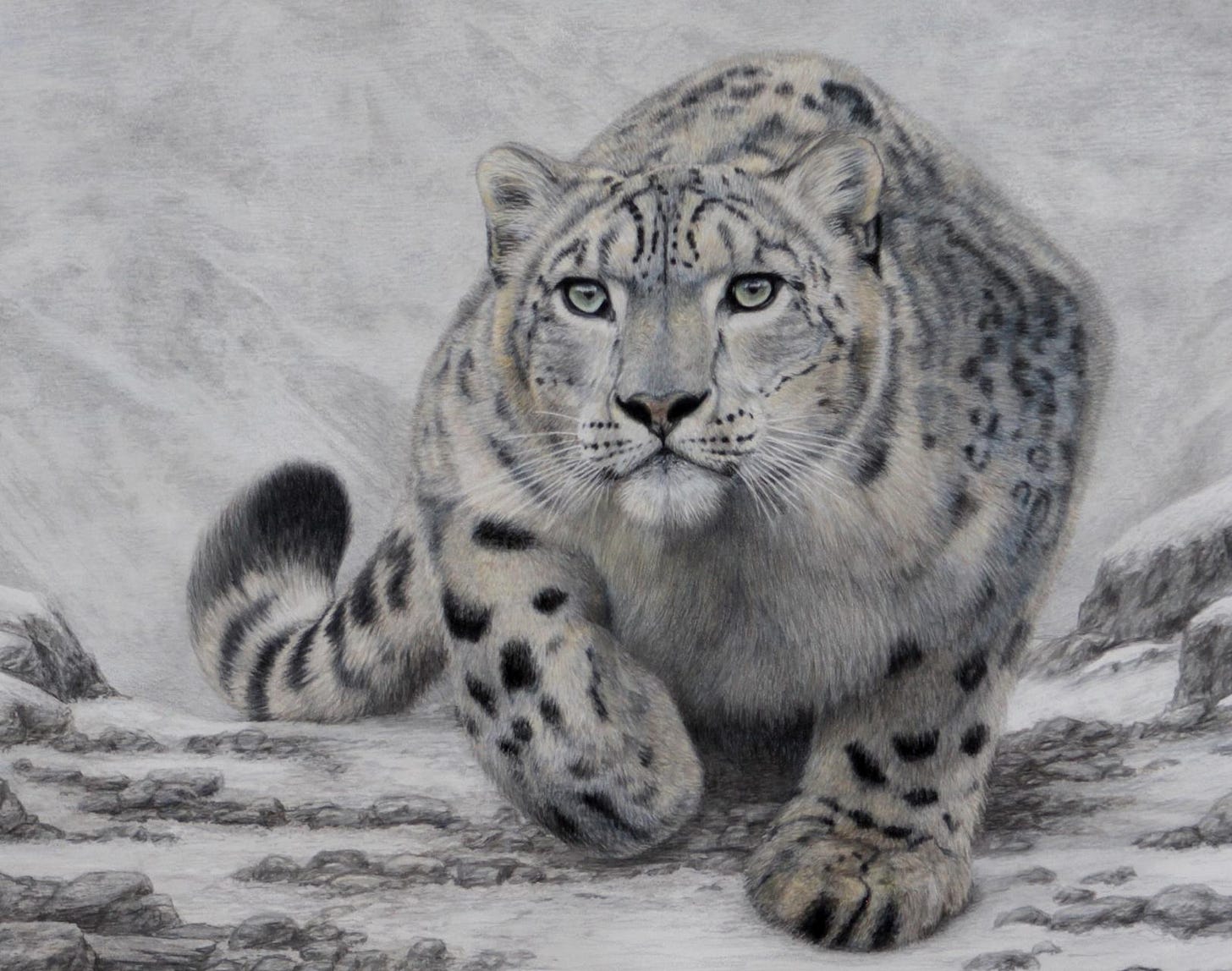Welcome to the latest edition of the Rewilder Weekly! 🦬🌳🐺🌞🌍
Last week saw World Environment Day (on the 5th), focused on ending the plastic pollution, and World Ocean Day (on the 8th), intent on catalyzing action for both ocean and climate. Unfortunately, at the same the global economy pumps ever more CO2 into the atmosphere. Industries won’t stop until we do, until a lack of demand forces them to adjust. There’s no way around it, you and I have to talk to everyone around us and get more and more people to fly less (or better not fly at all) and to consume less meat (or better not consume meat at all).
Industries will always thrive - but we (as a mass of consumers) can force them to thrive differently. Unless we change our ways, they won’t. Take meat, for example - the moment half the world no longer (or rarely) eats meat, the meat industry would massively diversify into alternatives. We can choose to believe that industries are too powerful and leave it at that. Or we lead the change from where we are and who we are. You and I can do better, and you and I can nudge family and friends and neighbors. Regardless of what their marketing campaigns say, industries do not care. But they absolutely will change, if demand changes. And that’s up to you and me.
Now then, let’s get on with it - wishing you a good week.
Cheers,
👉 As a reminder: If you come across stories you’d like to see featured in an upcoming edition of the Rewilder Weekly, send them to me and I’ll gladly do what I can.
1) Natural predators cause a mere fraction of livestock deaths in Europe
The messaging around livestock kills by natural predators is all wrong. By means of omissions and lack of context and data, the wolf is seen as a major threat for livestock - and that couldn’t be further from the truth. The numbers in the article may startle you - the % of livestock deaths large carnivores are responsible for is a minuscule fraction of all else that regularly befalls cattle and sheep - and that ‘all else’ (diseases, accidents, extreme weather conditions, mismanagement, neglect, callousness, cruelty, domestic and stray dogs) is happening while these millions of animals are in the care of farmers.
In this article I’m diving into the facts and numbers (and the misrepresentations) of livestock deaths by large carnivores in Europe. Some of the messaging is failing because scientists focus on their narrow research area and don’t contextualize, i.e. don’t embed their research communications in the big picture for laypeople to be able to make sense of it all. And some of the messaging by lobbies is purposefully misleading and packed with mis- and disinformation to fit their narrative.
2) Back after 200 years: wild horses in Kazakhstan
The Altyn Dala Conservation Initiative reports that wild horses roam free once more in Kazakhstan for the first time after an absence of two hundred years! These are the famed Przewalski’s horses (considered the closest relative to the prehistoric wild horse). They went extinct in the wild last century and were saved through international breeding programs. These large herbivores belong into the wild for many reasons: the grazing, stomping, wallowing, manure and all enrich and shape the landscapes into better health and greater biodiversity.
As the Initiative adds: “Large herbivores like the Kertagy (the local name for this horse) help combat shrub encroachment, desertification, and wildfire risk.” The horses arrived in Kazakhstan last year (from the zoos of Prague and Berlin) and went through training to get them ready for the harsh conditions of the steppes. They learned to forage, to find water under snow and survive without human support. Now they’re out there, roaming wild and free. On their LinkedIn post, the Altyn Dala Conservation Initiative writes, “It also marks a beautiful full-circle moment: wild horses are believed to have been first domesticated on the steppes of Central Asia around 6000–5500 BC. We are incredibly proud to play a part in returning them home.”
👉 Go here to learn more about the Altyn Dala successes
3) In the US, broad approval for wildlife crossings
These days it may seem that, in the good ole US of A, there’s no longer any such thing as ‘broad approval’. The divides have been manufactured and are actively widened and exploited by the usual ilk (you know who they are and I have no appetite for writing about them). Wendy Wendlandt, president of Environment America, writes about the crossings, “Things are moving in the right direction for Pacific marten, greater sage-grouse, elk, beavers and other animals in my home state of Oregon, thanks to the adoption of an Environment Oregon-backed law that will support the creation of more wildlife crossings across the state.”
The article highlights efforts from Oregon to Pennsylvania and explains the importance of such bridges and tunnels … and makes another important point: that of traffic accidents. Apparently traffic accidents are responsible for the death of ONE MILLION vertebrate animals every single day in the US. That’s one side of the coin - the other side is about those sitting IN those vehicles, of course. They explain that, “When well-placed, and combined with other wildlife-saving infrastructure like fencing, wildlife crossings have reduced these collisions by as much as 97%.”
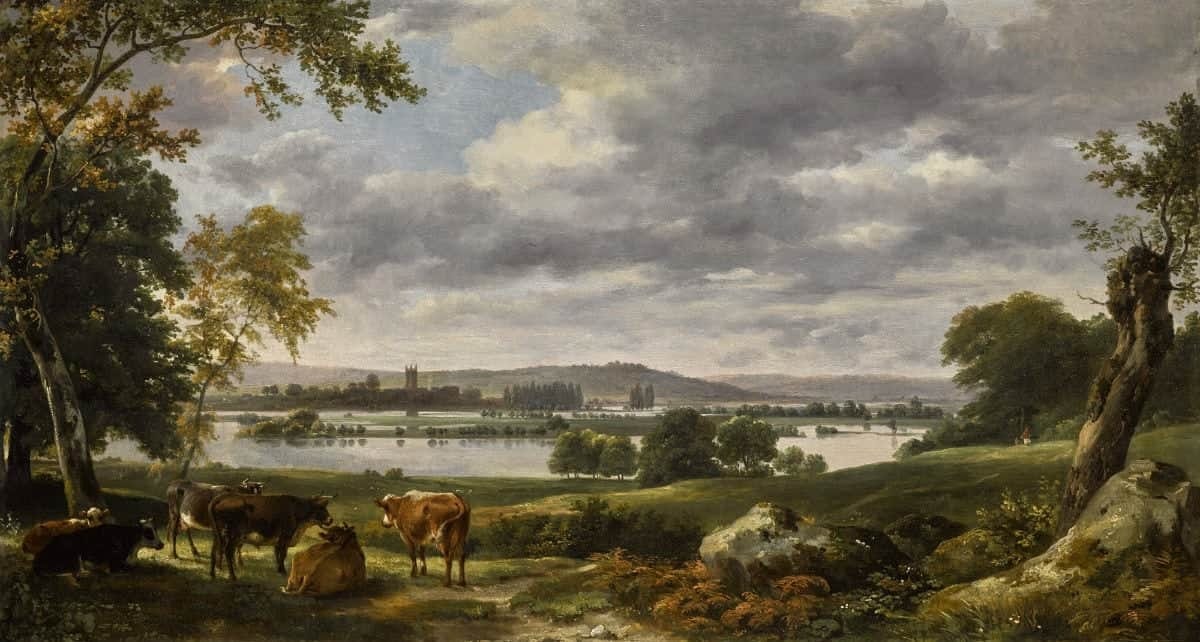
4) The state of nature should give farmers pause
In his insightful article, Ben Goldsmith shares his thoughts on both the hardships and misguided lobbying of the farming community in the UK. With pressures from seemingly everywhere (government policies, multinationals, retail prices, extreme weather, floods, droughts and biodiversity loss), a farmer’s life has been getting harder with every year. With the end of EU subsidies, the last government came up with ELM (Environmental Land Management), a scheme that would pay farmers for their efforts to “turn the tide on soil and nature loss.” Essentially, to do the work that a good steward of the land might be expected to do in any case. Unfortunately, the farmers’ union heavily campaigned against ELM from the get-go.
Goldsmith thinks that, with the farming lobby’s high-pitched recalcitrance against any and all forward-thinking change, they have begun to turn the public against them. Now the government considers stopping ELM and that would definitely be a pyrrhic victory for the NFU (National Farmers’ Union) - they’d have shot themselves in both feet. As Goldsmith writes, “I have no doubt that a generous ELM is by far the best way to put right the wrongs of the past, underpinning farm livelihoods and ushering an era of farmer-led nature recovery, while ensuring the ability of future generations to continue to feed the nation without sawing off the branch on which we’re all sitting. We should all fight for it.”
5) The terrifying decline of insect populations
Daniel Janzen fell into a remote ravine. Alone in the wilderness, he fixed himself a corset for his broken ribs with a bedsheet and a rocking chair. Then all he could do was to wait for his bones to heal ... for a whole month. The ecologist had come to Costa Rica to study fruit crops but then, incapacitated, he just sat there - and watched the insects. It changed his life. The myriads of insects fascinated him and he set up light traps - essentially hanging up a sheet and putting a lightbulb behind it - and then watched what landed on the sheet, attracted by the light. He was blown away by what happened during those nights ... that was in 1978. Today he shudders at the scarcity of insects on those light traps.
Insects pollinate more than 75% of global crops. 80% of wild plants rely on insects for pollination. There are more than 1 million insect species - and we desperately need these insects for our ecosystems to function. Check out this Reuters storymap about the collapse of insects. The reasons? Habitat destruction, pollution, pesticides, climate change - the usual culprits. We know - and yet we continue. “The declines witnessed by Janzen are part of what some ecologists call a “new era” of ecological collapse, where rapid extinctions occur in regions that have little direct contact with people.”
6) Join Rolf Nylinder as he explores the Swedish Taiga
There’s something special about this eight-minute video clip, trust me. Hang out with Rolf Nylinder for a while, with his thoughts, his gentle voice, the beautiful imagery and the meditative soundtrack. You’ll see what I mean. He wandered the Swedish Taiga, fishing rod and camera in hand.
This film is not just about fishing, he explains, but about his reflections about a landscape that’s not nearly as wild as it might seem to some. He met with the fine folks at Rewilding Sweden and they’ve decided to collaborate on a few film projects about what’s missing from those landscapes, what’s needed to connect pockets of thriving nature, essentially, how rewilding can help return the landscapes to biodiversity-rich tapestries. I greatly look forward to more such videos.
👉 Go here to learn more about Rewilding Sweden’s work
7) May wildlife-smart communities become the norm …
… rather than the current exception. Right now, if you believe the attention-grabbing press and the outrage-fueling lobbies, large carnivores are a menace and have no place in our modern - often densely peopled - world. This couldn’t be further from the truth, of course. For one thing - see the first article of this Rewilder Weekly edition - we know that large carnivores are responsible for a mere fraction of livestock deaths. We also know that wolves and bears and lynx prefer to steer way clear of our kind. Wildlife-smart communities lead the way to show that living with large carnivores works - and how it works.
In a new article, Rewilding Europe explains how the creation of wildlife-smart communities helps nature and people thrive together. The idea is to not just tolerate, to not just coexist, but for a coexistence that means prosperity for all. The examples shared in the article show that it’s happening, and that the know-how is spreading. Here’s hopi! If more people know and act accordingly, co-prospering (instead of just coexisting) can indeed become the norm. Fabien Quétier, Rewilding Europe’s Head of Landscapes, puts it this way, “The wildlife-smart community model builds on this trajectory by shifting the needle from intolerance to acceptance, and along the scale towards prosperity. By scaling up the wildlife-smart approach, we can build a wilder, more resilient Europe where both people and nature thrive.”
8) Help end the badger slaughter - once and for all
Against all better knowledge, badger slaughter in England continued last year. Now the misguided and downright illegal machinations will be addressed in court. The story shows how governments all-too often bend the knee the moment the farming lobby as much as coughs. Natural England’s own scientists had advised against issuing badger culling licenses in 2024. Then DEFRA essentially said, “If you don’t grant those licenses, the farming industry will be mad at us.” And that was enough for Natural England to cave - licenses were issued, leading to more than ten thousand more badgers slaughters for no valid reason.
The science has long shown that badger culling is a smokescreen to detract from the real cause of bovine TB (all about that here). Scientists know the facts and organizations like Badger Trust have been instrumental in educating the public and pushing for change. Now the Badger Trust and Wild Justice are taking Natural England to court. Here’s where YOU come in - legal challenges cost money! Please chip in and help The Badger Trust and Wild Justice end - once and for all - the insidious, cruel and utterly pointless killing of thousands of badgers annually.
To conclude this week’s edition, wildlife artist Charlotte Williams regales us with an amazing color pencil artwork of a snow leopard. Those eyes, those eyes.
If you enjoy the Rewilder Weekly …
… consider supporting my work. Your paid subscription ensures that the Rewilder Weekly will always be free for those who cannot afford to pay. Thank you.
That’s it for this week’s edition. And in case you’re eager for some more rewilding insights - here are ways to keep on learning:
connect with these organizations - sign up for newsletters and support them in any way you can;
join these events - conferences, online seminars, rewilding days and weeks to immerse yourself and learn from the experts;
read these books - a selection from Foreman to Macdonald, and from Tree to Daltun, Hetherington and Bowser;
listen to these podcasts - it’s inevitably inspiring when the likes of James Shooter, Ben Goldsmith and Brooke Mitchell talk to the pros in the field;
and check out these resources - explore the principles, ways of funding, research publications and personal ways to start rewilding.
And, of course, connect with and follow the many passionately engaged rewilders. Let’s keep growing the movement! 🦬🌳🐺🌞🌍








